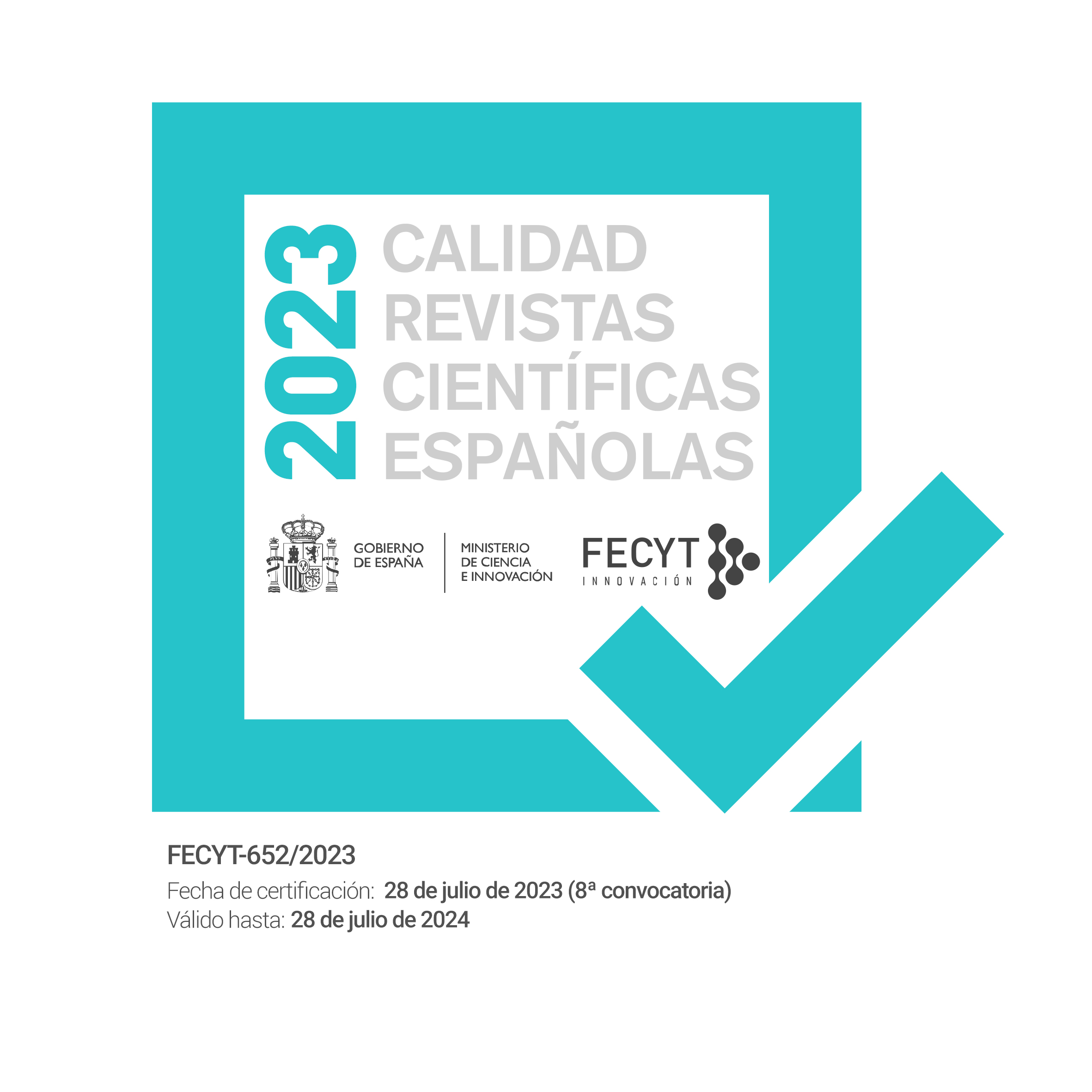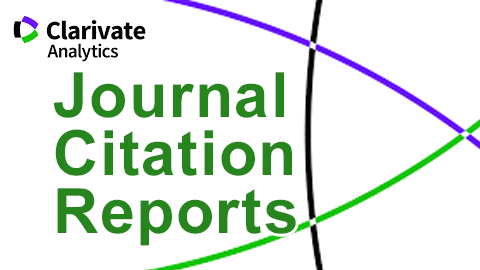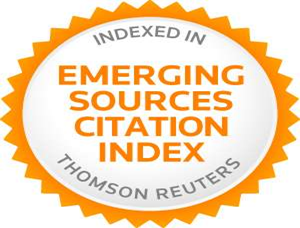Reflexiones acerca de la lengua escrita: de código sustitutivo a código adaptativo
Resumen
Resumen. La mayor parte de los lingüistas ha considerado tradicionalmente la escritura como un código de tipo sustitutivo. Sin embargo, la evolución moderna de la lingüística ha abierto un panorama favorable al reconocimiento de su autonomía y la equiparación con la lengua oral; aunque todavía no se ha profundizado suficientemente en sus capacidades adaptativas y su funcionamiento complejo. Los pocos trabajos que existen en esa dirección (v.g. Changizi y Shimojo 2005; Lock y Gers 2012) no se fundamentan en los enfoques lingüísticos y psicolingüísticos que abordan el fenómeno de la escritura. Por otra parte, la lingüística cognitiva y evolucionista parece mantener un cierto silencio escéptico sobre esta cuestión. En este trabajo pretendemos abrir una vía para abordar su estudio teórico como un sistema adaptativo dotado de un funcionamiento complejo semiautónomo -en conjunción con la lengua oral- a partir de los conocimientos que la lingüística actual posee sobre el fenómeno de la escritura.
Palabras clave: escritura, evolución de la escritura, sistemas adaptativos complejos
Reflections on the written language: From substitute code to adaptive code
Abstract. Most linguists have traditionally considered writing as a substitutive code. However, the modern evolution of linguistics has created a favourable background for the recognition of its autonomy and equality with spoken language. Despite this, its adaptive capacities and complex functioning have not still been studied in depth. The few authors who follow this line of research (eg Changizi and Shimojo 2005; Lock and Gers 2012) are not sufficiently based on linguistic and psycholinguistic approaches on the phenomenon of writing. Furthermore, cognitive and evolutionary linguistics seem to maintain a sceptical silence on this matter. This paper tries to pave the way for approaching its theoretical study as an adaptive system equipped with a semi-autonomous complex functioning -in conjunction with spoken language- on the basis of the knowledge that current linguistics holds on the phenomenon of writing.
Keywords: Writing, evolution of writing, complex adaptive systems.
Citas
Anis, J. 1996. Una grafémica autónoma. In Catach, Nina (comp.) Hacia una teoría de la lengua escrita (trad. Lia Varela y Patricia Willson). 271-285. Barcelona: Gedisa, 1996. [Pour une théorie de la langue écrite. CNRS. Paris, 1988.].
Barton, D. 2007. Literacy: an Introduction to the Ecology of Written Language. Oxford: Blackwell Publishing. 2ªed.
Blanche-Benveniste, C. 2002. La escritura, irreductible a un código (trad. Margarita Mizraji). In Ferreiro, E.,(comp.), Relaciones de (in) dependencia entre oralidad y escritura. Barcelona: Gedisa. 2002.
Burani, C. 2009. Reading fluency and morpho-lexical processing: developmental studies in Italian. Revista de Logopedia, Foniatría y Audiología 29.2: 97-103.
Buyssens, E. 1978. La comunicación y la articulación lingüística. Buenos Aires: Editorial Universitaria.
Bybee, J. 2006. From usage to grammar: The mind's response to repetition. Language 82.4: 711-733.
Bybee, J. 2011. Usage-based theory and grammaticalization. In Narrog, H. y Heine, B. The Oxford Handbook of Grammaticalization. 69-78. Oxford: Oxford University Press.
Catach, N. 1996. La escritura en tanto plurisistema, o teoría de L prima. In Catach, Nina (comp.) Hacia una teoría de la lengua escrita (trad. Lia Varela y Patricia Willson). 310-331. Barcelona: Gedisa, 1996. [Pour une théorie de la langue écrite. CNRS. Paris, 1988.].
Changizi, M. y Shimojo, S. 2005. Character complexity and redundancy in writing systems over human history. Proceedings of the Royal Society B: Biological Sciences. 272: 267-275.
Chomsky, N. y Halle, M. 1968. The Sound Pattern of English. Nueva York: Harper & Row.
Christiansen, M. H. y Chater, N. 2008. Language as shaped by the brain. Behavioral and Brain Sciences 31.05: 489-509.
Contreras, L. 1984. Ortografía y grafémica. Madrid: Visor.
Corballis, M. C. 2011. The recursive mind: The origins of human language, thought, and civilization. Princeton University Press.
Cornish, H., Tamariz, M. y Kirby, S. 2009. Complex adaptive systems and the origins of adaptive structure: What experiments can tell us. Language Learning 59.s1: 187-205.
Coulmas, F. 2003. Writing systems: An introduction to their linguistic analysis. Cambridge: Cambridge University Press, 2003.
Croft, W. 2000. Explaining Language Change. An Evolutionary Approach. Harlow: Pearson Education.
Daugherty, K. G. y Seidenberg M. S. 1994. Beyond rules and exceptions: a connectionist approach to inflected morphology. The reality of linguistic rules 26: 353-358.
De Boer, B. 2001. The Origins of Vowel Systems. New York: Oxford University Press.
DeFrancis, J. 1984. The Chinese language: Fact and fantasy. University of Hawaii Press.
DeFrancis, J. 1989. Visible speech: The diverse oneness of writing systems. University of Hawaii Press.
Derrida, J. 1967. De la grammatologie. Minuit, Paris.
Dik, S. 1986. On the notion «functional explanation’. Belgian Journal of Linguistics 1: 11-52.
Ekstig, B. 2009 Complexity and Evolution: a study of the growth of complexity in organic and cultural evolution. Foundations of Science 15(3): 263-278.
Ellis, N. y Hooper, M. 2001. Why learning to read is easier in Welsh than in English: Orthographic transparency effects evinced with frequency-matched tests. Applied Psycholinguistics 22: 571–599.
Palmer, F. ed. 1968. Selected Papers of J.R. Firth 1952-1959. Londres: Longman.
Frost, R. 1998. Toward a strong phonological theory of visual word recognition: true issues and false trails. Psychological Bulletin 123.1: 71-99.
Frost, R. 2005. Orthographic Systems and Skilled Word Recognition Processes in Reading. In Snowling, M. J. y Hulme, C. (eds.), The science of reading: A handbook. 272-295. Oxford: Blackwell.
Frost, R. 2012. A universal approach to modeling visual word recognition and reading: Not only possible, but also inevitable. Behavioral and Brain Sciences 35.05: 310-329.
Gelb, I. J. 1952. A study of writing: The foundations of grammatology. Chicago: The University of Chicago Press.
Grabe, W. 2009. Reading in a Second Language. Moving from Theory to Practice, Cambridge: Cambridge University Press.
Gutiérrez Ordóñez, S. 1981. Lingüística y semántica (aproximación funcional). Oviedo: Universidad de Oviedo.
Halliday, M. A. K. 1989. Spoken and written language Oxford: Oxford University Press. 2ª ed.
Han, Z. y Bi, Y. 2009. Reading comprehension without phonological mediation: Further evidence from a Chinese aphasic individual. Science in China Series C: Life Sciences 52.5: 492-499.
Hanley, J.R., Masterson, J., Spencer, L. y Evans, D. 2004. How long do the advantages of learning to read a transparent orthography last? An investigation of the reading skills and reading impairment of Welsh children at 10 years of age. Quarterly Journal of Experimental Psychology 57: 1393–1410.
Harm, M. W. y Seidenberg. M. S. 2004. Computing the meanings of words in reading: cooperative division of labor between visual and phonological processes. Psychological review 111.3: 662-720.
Harris, R. 1981. The Language Myth. Londres: Duckworth.
Harris, R. 1995. Signs of writing. Nueva York: Routledge.
Hauser, M. D., Chomsky, N. y Fitch, W. T. 2002. The faculty of language: What is it, who has it, and how did it evolve? Science 298.5598: 1569-1579.
Hjelmslev, Louis (trad. Diaz de Liaño, José Luís). 1971 Prolegómenos a una teoría del lenguaje. Madrid: Gredos. (vol. 155, 2ªed). [Omkring sprogteoriens grundlæggelse. Copenhagen: Munksgaard (1943)].
Hull, D.L. 1980. The units of evolution: a metaphysical essay, 23-44. In Jensen U.J. y Harré R. (eds.) Studies in the Concept of Evolution, Brighton: Harvester Press.
Jakobson, R. 1960. Closing statement: Linguistics and poetics In Sebeok, T. Style in language. 350-377. Cambridge: MIT Press.
Juilland, A. y Chang Rodríguez, E. 1964. Frequency Dictionary of Spanish Words, Londres-La Haya-París: Mouton.
Kurakin, A. 2007. The universal principles of self-organization and the unity of Nature and knowledge. In The SOFT [Disponible en: http://www.alexeikurakin.org/text/thesoft.pdf (5-6-2014)].
Leino, J. 2010. A cognitive approach to parenthetical speech. Applications of Cognitive Linguistics 14: 273-289.
Linell, P. 2005. The Written Language Bias in Linguistics. Its Nature, Origins and Transformations. Nueva York: Routledge.
Linell, P. 1982. The Written Language Bias in Linguistics. (SIC = Studies in Communication, 2.) Linköping: Department of Communication Studies. [Disponible en http://langs.eserver.org/linell/chapter05.html, 30-05-2014].
Lock, A. y Gers, M. 2012. The Cultural Evolution of Written Language and Its Effects. A Darwinian Process From Prehistory to the Modern Day, 11-35. In Grigorenko, E; Mambrino, E. y Preiss, D. D. (eds.) Writing. A Mosaic of New Perspectives Nueva York: Taylor & Francis.
Malmberg, B. (trad. Pilar Calvo) 1982 Introducción a la Lingüística. Madrid: Cátedra [Le Langage, signe de l’humain, Editions Picard,1979].
Moreno Cabrera, J. C. 2005. Las lenguas y sus escrituras. Tipología, evolución e ideología. Madrid: Síntesis.
Nelson, R. R. y Winter, S. G. (1982). An Evolutionary Theory of Economic Change. Cambridge: Harvard University Press.
Núñez Ladevéze, L. 1979. El lenguaje de los media, Madrid: Pirámide.
Olson, D. R. (trad. Patricia Wilson). 1998. El mundo sobre el papel: El impacto de la escritura y la lectura en la estructura del conocimiento. Barcelona: Gedisa. [The word on paper. The conceptual and cognitive implications of writing and reading, Cambridge University Press,1996].
Olson, D. R. 2001. What writing is. Pragmatics & Cognition 9.2: 239-258.
Ong, Walter J. 1982. Orality and literacy: The technology of the word, Nueva York: Methuen.
Pagel, M.; Artkinson, Q. D. y Meade, A. 2007. Frequency of word-use predicts rates of lexical evolution throughout Indo-European history, Nature 449: 717-721.
Rogers, H. 2005. Writing Systems. A Linguistic Approach, Oxford: Blackwell Publishing.
Sampson, G. (trad. Willson, Patricia). 1985. Sistemas de escritura. Barcelona: Gedisa. [Writing Systems: a Linguistic Introduction. Stanford University Press, 1985.]
Sampson, G. Writing systems: methods for recording language, Geoffrey Sampson: Forthcoming and Recent Publications [Disponible en http://www.grsampson.net/AWsm.pdf (24/04/2014, actualizado 07/02/2014)].
Sankoff, G. y Blondeau, H. 2007. Language change across the lifespan: /r/ in Montreal French. Language 83: 560-588.
Saussure, F. de. 1995 (1916). Cours de linguistique générale (ed. de Tullio de Mauro). Paris: Payot.
Seidenberg, M. S. 2007. Connectionist models of reading. In M. Gareth Gaskell (ed.). The Oxford handbook of psycholinguistics. 235-250. Oxford: Oxford University Press.
Seidenberg, M. S. 2011. Reading in different writing systems: One architecture, multiple solutions. In P. McCardle, B. A. Miller y J. R. Lee. Dyslexia across languages. Orthography and the Brain-Gene-Behavior Link. 151-174. Baltimore: Brookes Publishing Company.
Silva, C. 2011. Writing in Portuguese chats:): A new wrtng systm?. Written Language & Literacy 14.1: 143-156.
Teberosky, A. 2002. Las «filtraciones’ de la escritura en los estudios psicolingüísticos. 111-131. In E. Ferreiro (ed.) Relaciones de (in) dependencia entre oralidad y escritura. Barcelona: Gedisa.
Van Orden, G., C. 1987. A ROWS is a ROSE: Spelling, sound, and reading. Memory & Cognition 15.3: 181-198.
Wright, R. 2005. El léxico y la lectura oral, Revista de Filología Española, 1º, LXXXV: 133-149.
Wright, R. 2013. How scribes wrote Ibero-Romance before written Romance was invented. 71-84. In E-M. Wagner, B. Outhwaite y B. Beinhoff (eds.) Scribes as Agents of Language Change. Boston-Berlin: Walter de Gruyter.
Wulff, S., Stefanowitsch, A. y Gries, S. Th. 2007. Brutal Brits and persuasive Americans. 265-281. In G. Radden (ed) Aspects of Meaning Construction. Amsterdam: John Benjamins.
Xu, Y., Pollatsek, A., y Potter, M. C. 1999. The activation of phonology during silent Chinese word reading. Journal of Experimental Psychology: Learning, Memory, and Cognition, 25(4): 838-857.
Ziegler, J. C., y Goswami, U. 2005. Reading acquisition, developmental dyslexia, and skilled reading across languages: a psycholinguistic grain size theory. Psychological bulletin 131.1: 3-29.
Descargas
Publicado
Número
Sección
Licencia
Reconocimiento – No comercial (CC BY-NC). Bajo esta licencia el usuario puede copiar, distribuir y exhibir públicamente la obra y puede crear obras derivadas siempre y cuando estas nuevas creaciones reconozcan la autoría de la obra original y no sean utilizadas de manera comercial.
Los autores retienen todos sus derechos de publicación y copyright sin restricciones.








